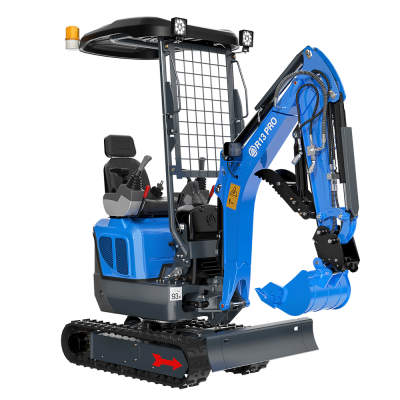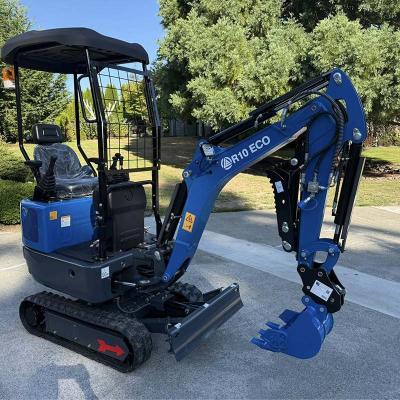Knowing What to Consider When Choosing a Skid Steer
Knowing What to Consider When Choosing a Skid Steer
Choosing the right skid steer for your needs can be a daunting task, especially with the wide range of options available in the market today. Skid steers are versatile machines used in construction, landscaping, agriculture, and more. Understanding what to look for can save you time, money, and ensure you get the best machine for your projects. In this guide, we will walk you through the key factors to consider when choosing a skid steer, including price, features, and maintenance.
Understanding Skid Steer Prices
The cost of a skid steer can vary greatly depending on several factors. New skid steers can range from $20,000 to $65,000 or more, while used models may be significantly cheaper. Here's what influences the price:
Brand and Model Selection
Well-known brands usually have higher market pricing due to their reliability, excellent performance, and perfect after-sales service. For example, RIPPA skid steer loader is one of the popular brands that is trusted by users.
Size and Capacity
The size and capacity of the skid steer also play a crucial role in determining the price. Larger machines with higher horsepower and lifting capacity typically cost more. When considering size, think about the typical tasks you'll be performing and choose a size that fits those needs.
Size and Capacity
The size and capacity of the skid steer also play a crucial role in determining the price. Larger machines with higher horsepower and lifting capacity typically cost more. When considering size, think about the typical tasks you'll be performing and choose a size that fits those needs.
Attachments and Features
Additional features and attachments can drive up the price of a skid steer. Consider the types of attachments you might need, such as buckets, augers, or trenchers, and factor these into your budget. Some modern skid steers also offer advanced features like GPS technology and climate-controlled cabs.
Skid Steer Buying Guide
When choosing a skid steer, it's important to evaluate both your current and future needs. Here are some key considerations:
Assessing Your Needs
Start by evaluating the types of projects you will be using the skid steer for. If you're in construction, you may need a machine with more power and versatility. For landscaping, a compact, agile model might be more appropriate. Understanding your primary use will help narrow down your options.
New vs. Used
Deciding between a new or used skid steer is a significant choice. New skid steers offer the latest technology and typically come with warranties, but they are more expensive. Used skid steers can be more affordable, but it's crucial to inspect them for wear and tear and ensure they have been well-maintained.
Dealer Support and Service
The availability of dealer support and service can impact your overall ownership experience. Choose a dealer with a good reputation for customer service and a comprehensive maintenance program. A reliable dealer can provide parts, service, and support when you need it.
Skid Steer Maintenance
Proper maintenance is essential to keep your skid steer running efficiently and prolong its lifespan. Here are some maintenance tips:
Regular Inspections
Conduct regular inspections to check for any signs of wear and tear. Key areas to inspect include the hydraulic system, tracks or tires, and engine components. Regular inspections can help identify potential issues before they become major problems.
Follow Manufacturer Guidelines
Always follow the maintenance schedule provided by the manufacturer. This includes regular oil changes, filter replacements, and checking fluid levels. Adhering to these guidelines can prevent costly repairs and downtime.
Cleanliness
Keeping your skid steer clean is more important than you might think. Dirt and debris can cause damage to the machine's components, especially in the hydraulic and cooling systems. Regular cleaning can help maintain performance and extend the life of your equipment.
Record Keeping
Maintain a detailed record of all maintenance and repairs. This documentation can be valuable for troubleshooting issues, planning future maintenance, and if you decide to sell the skid steer, it can increase its resale value.
Conclusion
Choosing the right skid steer involves careful consideration of your needs, budget, and maintenance capabilities. By understanding skid steer prices, evaluating your options, and committing to a regular maintenance routine, you can make an informed decision and invest in a machine that will serve you well for years to come.
Whether you opt for a new or used skid steer, keeping these factors in mind will ensure you select a machine that meets your requirements and provides excellent value for your investment. With the right skid steer, you'll be equipped to handle any task efficiently and effectively.


